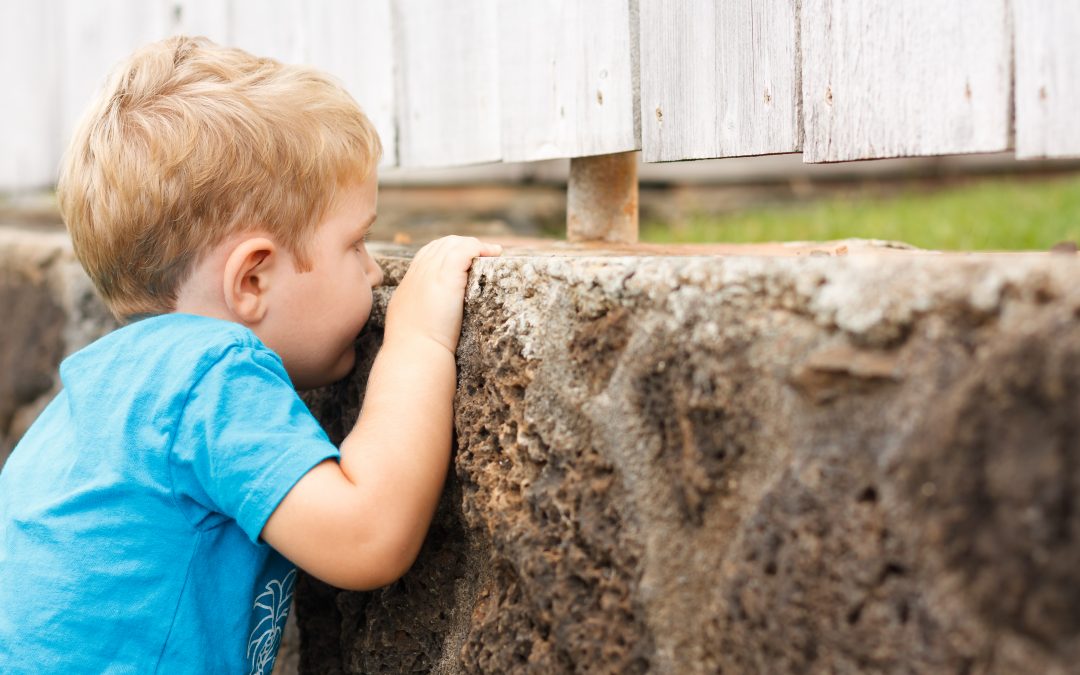The nurture vs. nature debate has been raging for over a century. No matter which way we lean, most would agree there’s interaction between our natural wiring and the outside world. But how often does that knowledge actually enter into our parenting or the way we chose to talk to our kids or the way we teach them?
Use yourself as an example. How is the inner world/outer world interaction influencing you today? Maybe you indulged in some take-out last night because you didn’t have time to cook. (Excessive external demands on your time.) You then might have slept poorly as your body struggled to digest the meal. (Internal disruption.) The resulting tiredness means you have a hard time adjusting your body thermostat to the chilly winter air. This causes your muscles to stay tight, heightening your sense of fatigue. (Mismatch between internal needs and external conditions.) And so on and so on.
Your internal state and the external world are constantly dancing with each other in ways that are as basic as breathing. As adults, we can usually roll with this in our day-to-day lives. We’re able to make choices, and we have some control over our routines.
Now let’s think about the kids in our lives.
Many of them don’t have the same level of control over their world. Many of them don’t have the opportunity to make external adjustments to match internal messages. Many of them are still working on developing the self-awareness and communication skills to even let us know how we can help them.
This is challenging for kids even in ideal, predictable circumstances. Add in extra stressors – hours in front of a screen for remote learning, unrealistic performance demands, reduced peer interaction, limited outdoor time to burn off energy, illness, disrupted schedules, family hardship – and they’re forced to find new ways to cope. Many of these coping strategies are undesirable in the eyes of their parents (e.g. tantrums, defiance, inattention). They also end up reducing the child’s readiness for growth and learning.
What’s a well-meaning caregiver to do? Adults can strengthen each phase of a child’s development by first identifying key environmental influences and determining how well they match with the child.
This is a deliberate pause to take stock of:
- The clues the child is giving us about their internal workings (nature)
- The observable external influences acting upon them (nurture)
Strategies and modifications often present themselves when we remember to begin with this understanding of the fit between nurture & nature within the moment. So, the next time you feel lost about how to help your kid, just remind yourself to breathe and take a focused look at the unique dance happening between their inside and outside worlds.

About the Author
Kerry Galarza, MS OTR/L is the Clinical Director and an occupational therapist at Elmhurst Counseling. She provides specialized assessment and intervention with children of all ages and their families. Kerry engages clients with naturally occurring, meaningful home-based methods to empower autonomy and maximize functioning.

